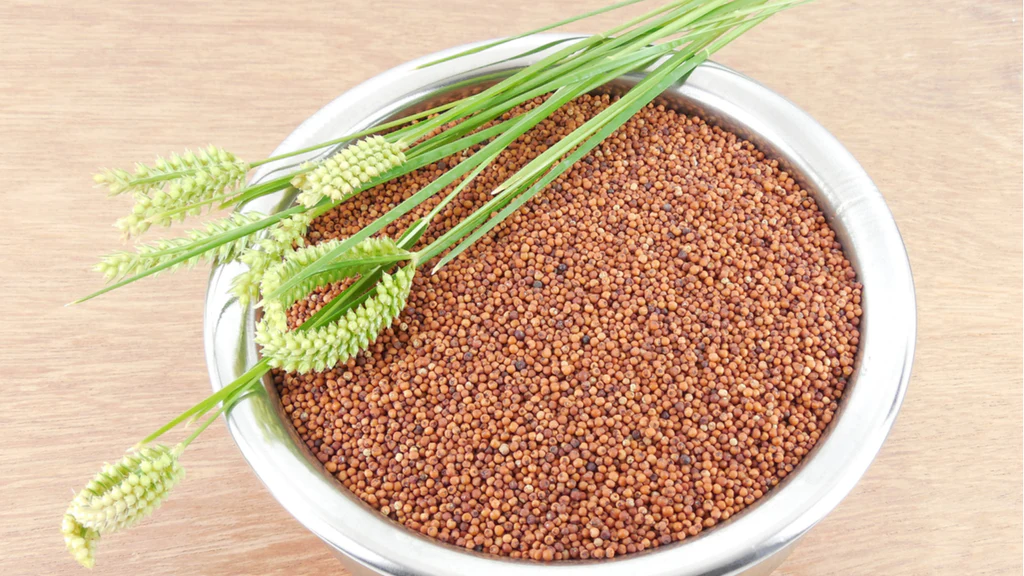
Ragi Flour: A Nutrient-Packed Superfood for Your Child’s Growth and Wellness
Looking for a healthier and more nutritious food option for your child? Ragi flour, also known as finger millet, could be the perfect addition to your little one’s diet. Rich in nutrients and extremely adaptable, this humble grain can significantly support a child’s growth, immunity, and overall development—without compromising on taste.
Ragi is a powerhouse of essential macronutrients like carbohydrates, dietary fiber, proteins, and healthy fats. It also contains a wide array of vitamins and minerals that contribute to overall health. What makes it even more beneficial is its naturally low cholesterol and sodium content, making it heart-healthy. Moreover, ragi is a good source of vitamins C and E, which aid in boosting immunity, improving skin texture, and promoting strong, healthy hair.
Why Ragi is Ideal for Kids
1. Rich in Calcium
Ragi offers one of the highest non-dairy sources of calcium—around 344 mg per 100g—crucial for building strong bones and teeth. Pediatric nutritionists often recommend ragi-based porridge as a calcium-rich food for growing children.
2. Stabilizes Blood Sugar
Thanks to its low glycemic index, ragi helps keep blood sugar levels stable. Including it in breakfast or lunch helps avoid energy crashes and keeps children full for longer.
3. Enhances Skin Health
With natural vitamin D and essential amino acids, ragi helps maintain skin elasticity and supports healthy skin development—even in young kids.
4. Fights Iron Deficiency
Being iron-rich, especially when sprouted, ragi becomes an excellent tool in combating anemia. The increased vitamin C from sprouting improves iron absorption—pairing ragi dishes with vegetables or lemon juice boosts its effect.
5. Naturally Soothing
Ragi contains amino acids like tryptophan that help calm the nervous system, making it a good choice for children dealing with anxiety or sleep issues. A ragi-based evening snack can help ease them into bedtime.
6. Helps Maintain Healthy Weight
Its high fiber content keeps kids full longer, reducing frequent snacking. A ragi breakfast helps manage appetite and energy levels throughout the day.
5 Easy Ways to Include Ragi Flour in Your Child’s Diet
1. Ragi Pancakes
Substitute part of your pancake batter with ragi flour, add mashed banana or jaggery for sweetness, and top with fruits or honey for a nutritious twist.
2. Mix with Rotis and Parathas
Blend ragi flour with regular wheat flour to prepare chapatis or parathas. It enriches the meal with nutrients while keeping the texture kid-friendly—ideal for lunchboxes.
3. Whip Up Ragi Dosas or Cheelas
Combine ragi flour with rice flour, curd, and spices for quick dosas or savory cheelas. Add grated vegetables like carrots or zucchini for color, taste, and added nutrition.
4. Bake Healthier Treats
Use ragi flour in place of some maida in baked goods like cookies, muffins, or cakes. It pairs well with chocolate, nuts, and fruits for guilt-free treats.
5. Make a Comforting Ragi Porridge
Cook up a smooth porridge using ragi flour, milk, jaggery, and a hint of cardamom. It’s perfect as a nutritious breakfast or an evening snack.








